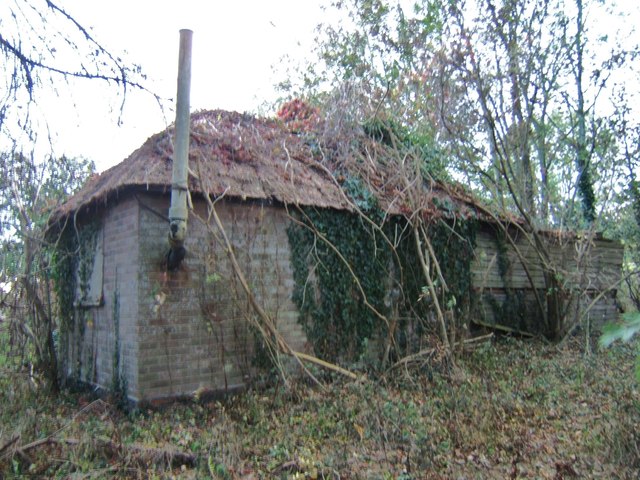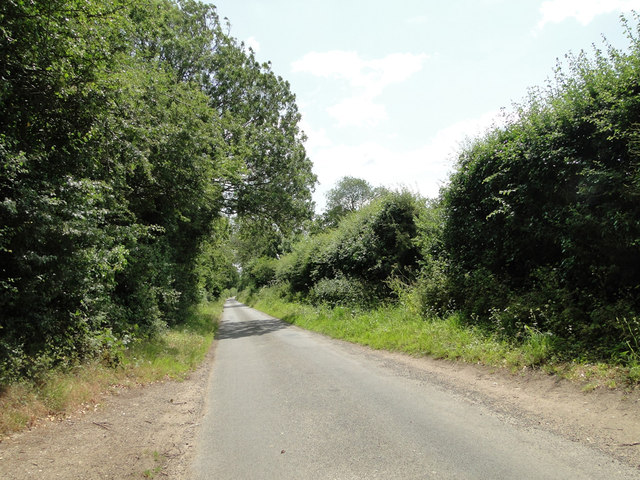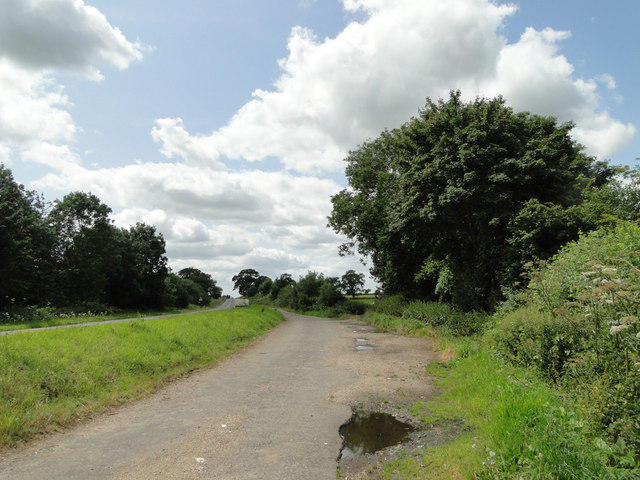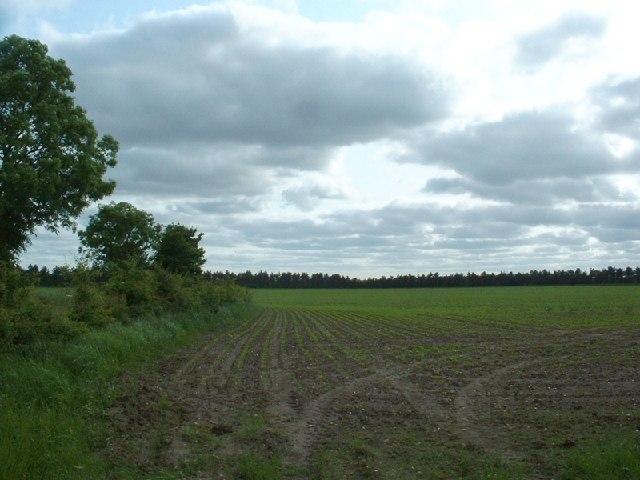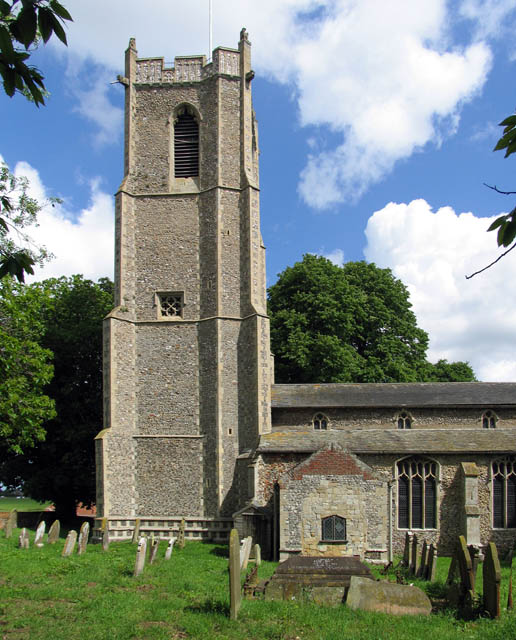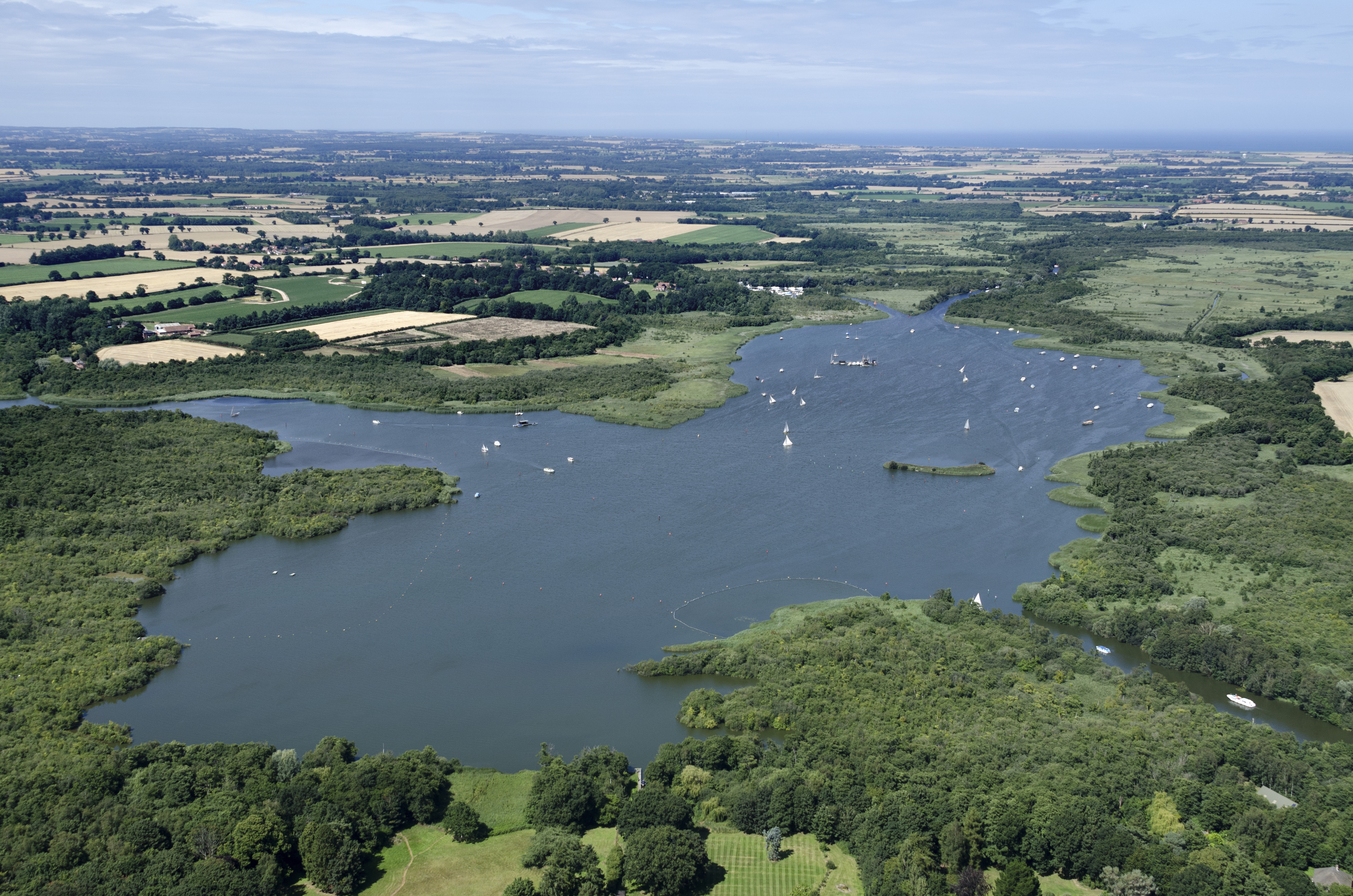Street Plantation
Wood, Forest in Norfolk North Norfolk
England
Street Plantation
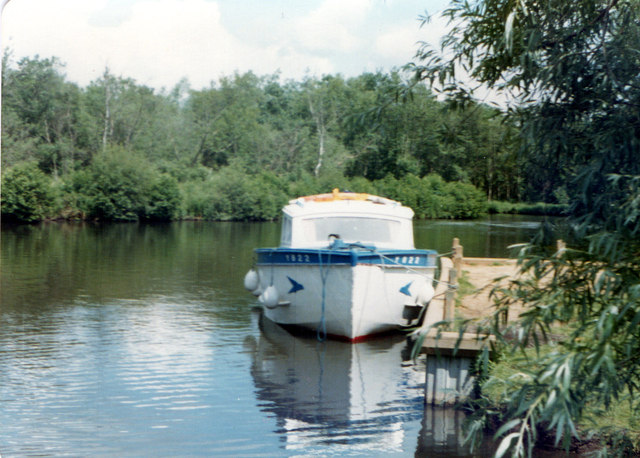
Street Plantation is a charming woodland area located in Norfolk, England. Spanning over a vast expanse, this plantation is renowned for its dense forest and thriving woodlands. The plantation is situated near the town of Wood, offering residents and visitors a peaceful escape from the hustle and bustle of urban life.
The forested area of Street Plantation is home to a diverse range of flora and fauna. Towering trees, including oak, beech, and ash, dominate the landscape, providing a rich habitat for numerous wildlife species. The woodland floor is adorned with a carpet of wildflowers, creating a picturesque scene during the spring and summer months.
The plantation is a popular destination for nature enthusiasts and hikers alike. A network of well-maintained trails and pathways crisscrosses through the forest, allowing visitors to explore the area at their own pace. These trails offer breathtaking views of the surrounding countryside and provide an opportunity to spot various bird species, such as woodpeckers and owls.
Street Plantation also holds historical significance. The plantation was once used for timber production, supplying the local community with wood for construction and fuel. Today, remnants of this history can still be seen in the form of old logging tracks and scattered sawmill ruins.
Overall, Street Plantation in Norfolk is a cherished natural gem, offering a tranquil and immersive experience in the heart of nature. Whether one seeks a peaceful stroll, a chance to observe wildlife, or a glimpse into the region's history, this woodland sanctuary provides a slice of serenity for all who visit.
If you have any feedback on the listing, please let us know in the comments section below.
Street Plantation Images
Images are sourced within 2km of 52.737917/1.4626567 or Grid Reference TG3321. Thanks to Geograph Open Source API. All images are credited.


![Beeston Hall This fine country house is attributed to the architect William Wilkins of Norwich. It was built in 1786 for Jacob Preston near the site of an older mansion which was torn down. The surrounding park, now largely given over to farming, is believed to have been laid out at around the same time.
In the 1940s, Beeston Hall was owned by Sir Thomas Preston, O.B.E (1886-1976), 6th baronet, who spent most of his time overseas. As a young man, he went on mining expeditions in northern Siberia prospecting for gold and he later joined the Diplomatic Service. He was British Consul in Ekaterinburg at the time of the murder in 1918 by the Bolsheviks of Tsar Nicholas II and the Russian Imperial family. Sir Thomas was succeeded by his eldest son, Sir Ronald Douglas Hildebrand Preston, 7th Baronet, who served as a Major in the Intelligence Corps and later worked for Reuters and The Times as a foreign correspondent. He was also a member of the SOE (Special Operations Executive, a covert military organisation).
From 1940 to 1942, Beeston Hall housed the Norfolk Auxiliary Units&#039; administrative headquarters and it was here where Captain Nigel Oxenden [later Major Nigel Oxenden MC] and his staff were based. Although the Hall is surrounded by extensive park and farmland, no training exercises appear to have been held at Beeston.
At present, the estate is known as the Beeston Hall Arabian Stud.
(Picture taken by kind permission of the owner.)](https://s1.geograph.org.uk/geophotos/04/36/62/4366233_174a9e27.jpg)
![Beeston Hall This fine country house is attributed to the architect William Wilkins of Norwich. It was built in 1786 for Jacob Preston near the site of an older mansion which was torn down. The surrounding park, now largely given over to farming, is believed to have been laid out at around the same time.
In the 1940s, Beeston Hall was owned by Sir Thomas Preston, O.B.E (1886-1976), 6th baronet, who spent most of his time overseas. As a young man, he went on mining expeditions in northern Siberia prospecting for gold and he later joined the Diplomatic Service. He was British Consul in Ekaterinburg at the time of the murder in 1918 by the Bolsheviks of Tsar Nicholas II and the Russian Imperial family. Sir Thomas was succeeded by his eldest son, Sir Ronald Douglas Hildebrand Preston, 7th Baronet, who served as a Major in the Intelligence Corps and later worked for Reuters and The Times as a foreign correspondent. He was also a member of the SOE (Special Operations Executive, a covert military organisation).
From 1940 to 1942, Beeston Hall housed the Norfolk Auxiliary Units&#039; administrative headquarters and it was here where Captain Nigel Oxenden [later Major Nigel Oxenden MC] and his staff were based. Although the Hall is surrounded by extensive park and farmland, no training exercises appear to have been held at Beeston.
At present, the estate is known as the Beeston Hall Arabian Stud.
(Picture taken by kind permission of the owner.)](https://s3.geograph.org.uk/geophotos/04/36/62/4366235_2e6285be.jpg)
Street Plantation is located at Grid Ref: TG3321 (Lat: 52.737917, Lng: 1.4626567)
Administrative County: Norfolk
District: North Norfolk
Police Authority: Norfolk
What 3 Words
///grazes.pave.behind. Near Horning, Norfolk
Nearby Locations
Related Wikis
Neatishead
Neatishead ( NEET-stəd) is a village and civil parish in the English county of Norfolk. The village is situated some 20 km (12 mi) north-east of the city...
St Michael and All Angels Church, Barton Turf
St Michael and All Angels is the Church of England parish church of Barton Turf in the county of Norfolk in England. See Inside here. It stands about a...
Barton Turf
Barton Turf is a village and civil parish in the English county of Norfolk. It is 20 km north-east of the city of Norwich, on the northwestern edge of...
Barton Broad
Barton Broad is a large lake that forms part of the River Ant which gives its name to a 164-hectare (410-acre) nature reserve north-east of Norwich in...
Ant Broads & Marshes National Nature Reserve
Ant Broads & Marshes NNR is a national nature reserve in Norfolk, England established by English Nature. It is named after the River Ant. It is part of...
Alderfen Broad
Alderfen Broad is a 21.3-hectare (53-acre) biological Site of Special Scientific Interest north-east of Norwich in Norfolk. It is managed by the Norfolk...
Hoveton Hall
Hoveton Hall in the parish of Hoveton in Norfolk is a Regency-style country house made of gault brick with a slate roof. It was built between 1809 and...
Smallburgh
Smallburgh is a village and a civil parish in the English county of Norfolk. The village is fourteen miles (21 km) south-east of Cromer, fourteen miles...
Nearby Amenities
Located within 500m of 52.737917,1.4626567Have you been to Street Plantation?
Leave your review of Street Plantation below (or comments, questions and feedback).



